Forgotten Frontiers
Photographer Chris Attrell captures the soul of Saskatchewan through its rural ruins
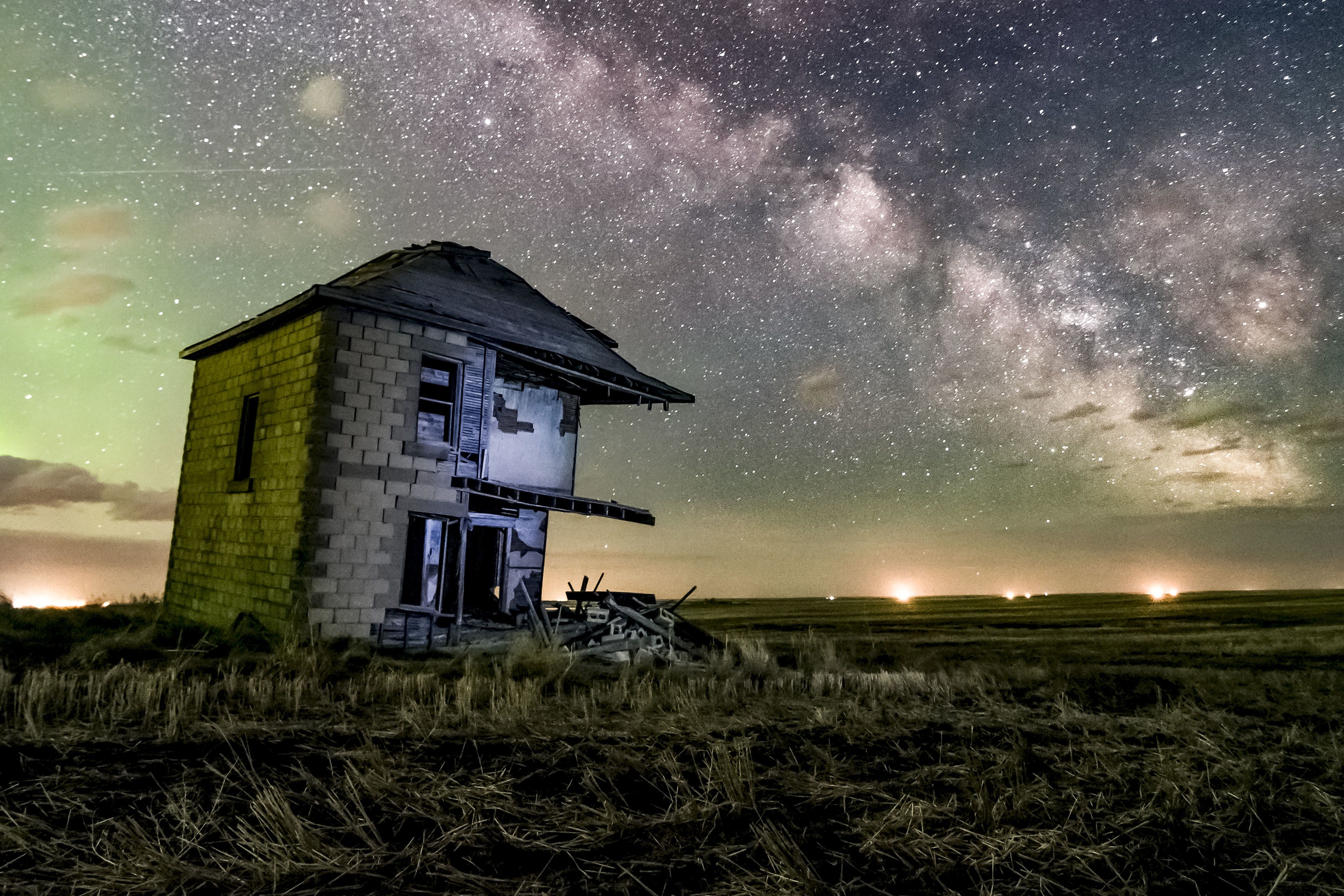

Driving eastbound on the TransCanada Highway from Medicine Hat, there isn't much on the horizon that distinguishes the divide between Alberta and Saskatchewan save for the big green sign that welcomes you to the "Land of the Living Skies."
"When I see that sign, I know I'm an hour and a half from home and I get very excited," says Chris Attrell, the famed photographer best known for his 2019 bestselling photo book Forgotten Saskatchewan.
Chris travels throughout Western Canada to teach photography classes and in search of new material to photograph.
Many of his distinctive photographs showcase ghost towns and abandoned buildings, such as old farmhouses, crumbling grain elevators and empty churches, set against the backdrop of Saskatchewan's "living skies".
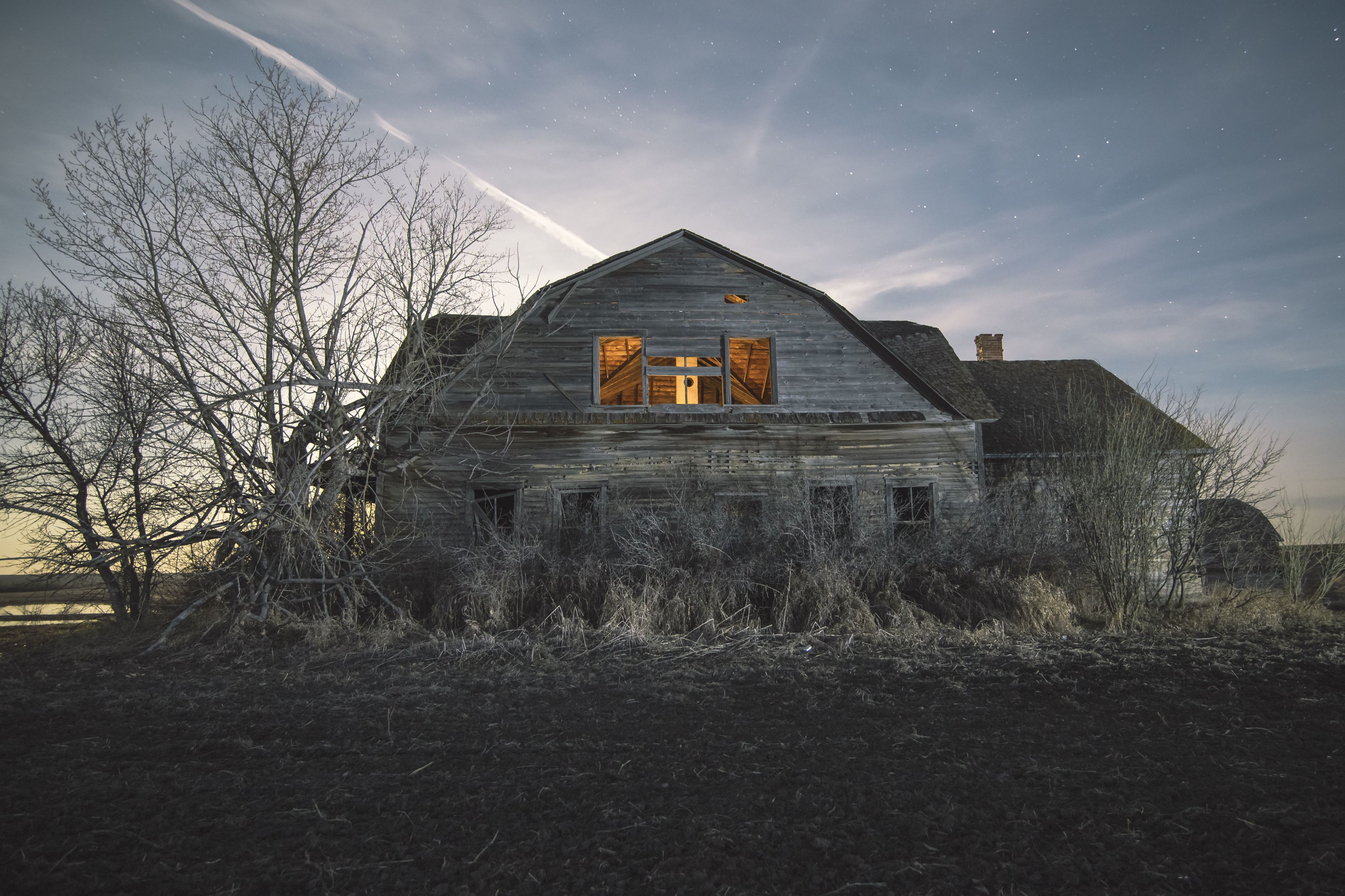
The result — a juxtaposition between the moody and ever-changing sky and the crumbling buildings — brings these old structures to life.
"They have a hauntingly beautiful character to them," Chris says. "Then you also come to realize a lot of people lived in those houses for decades, there's an entire family history in some of these buildings."
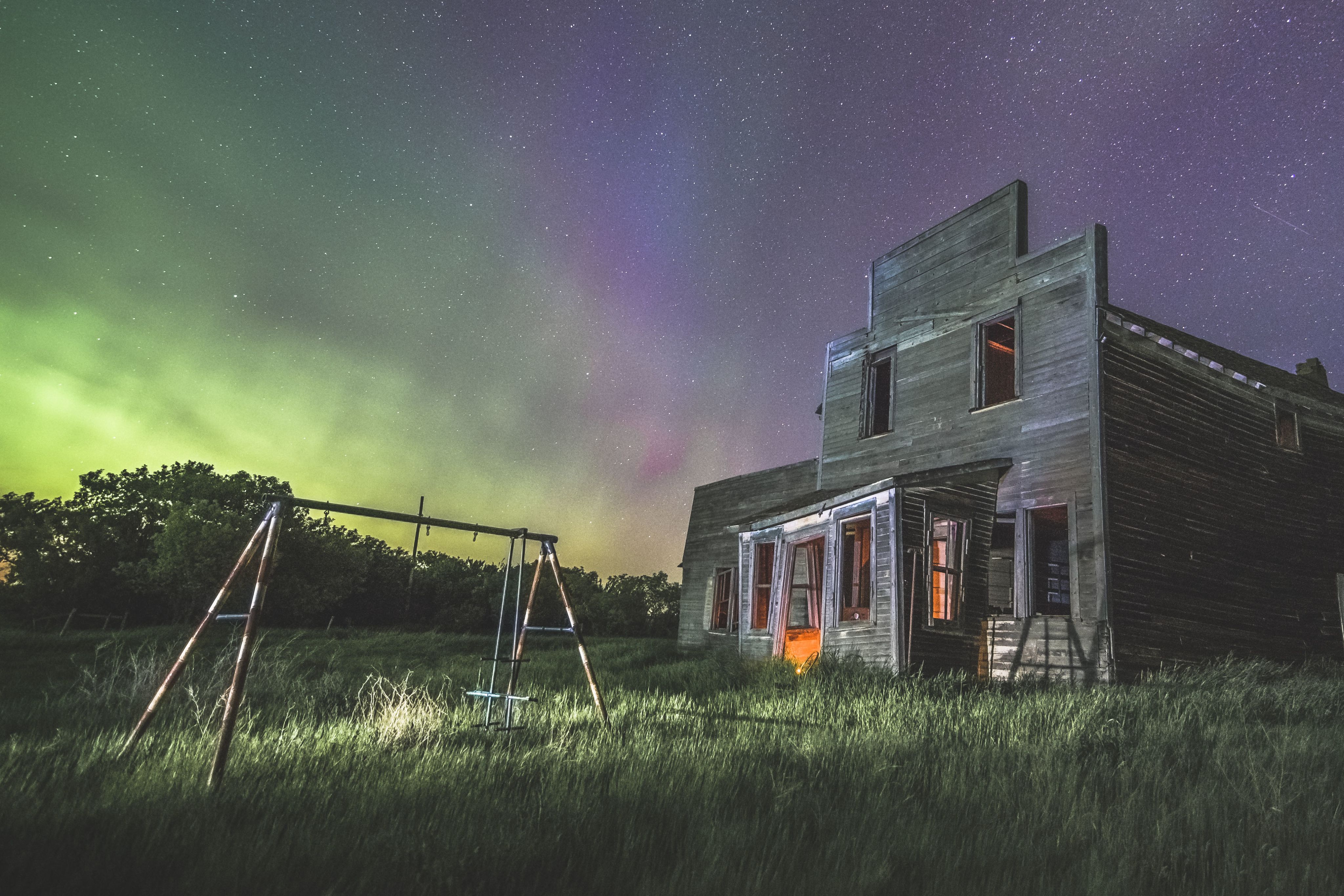
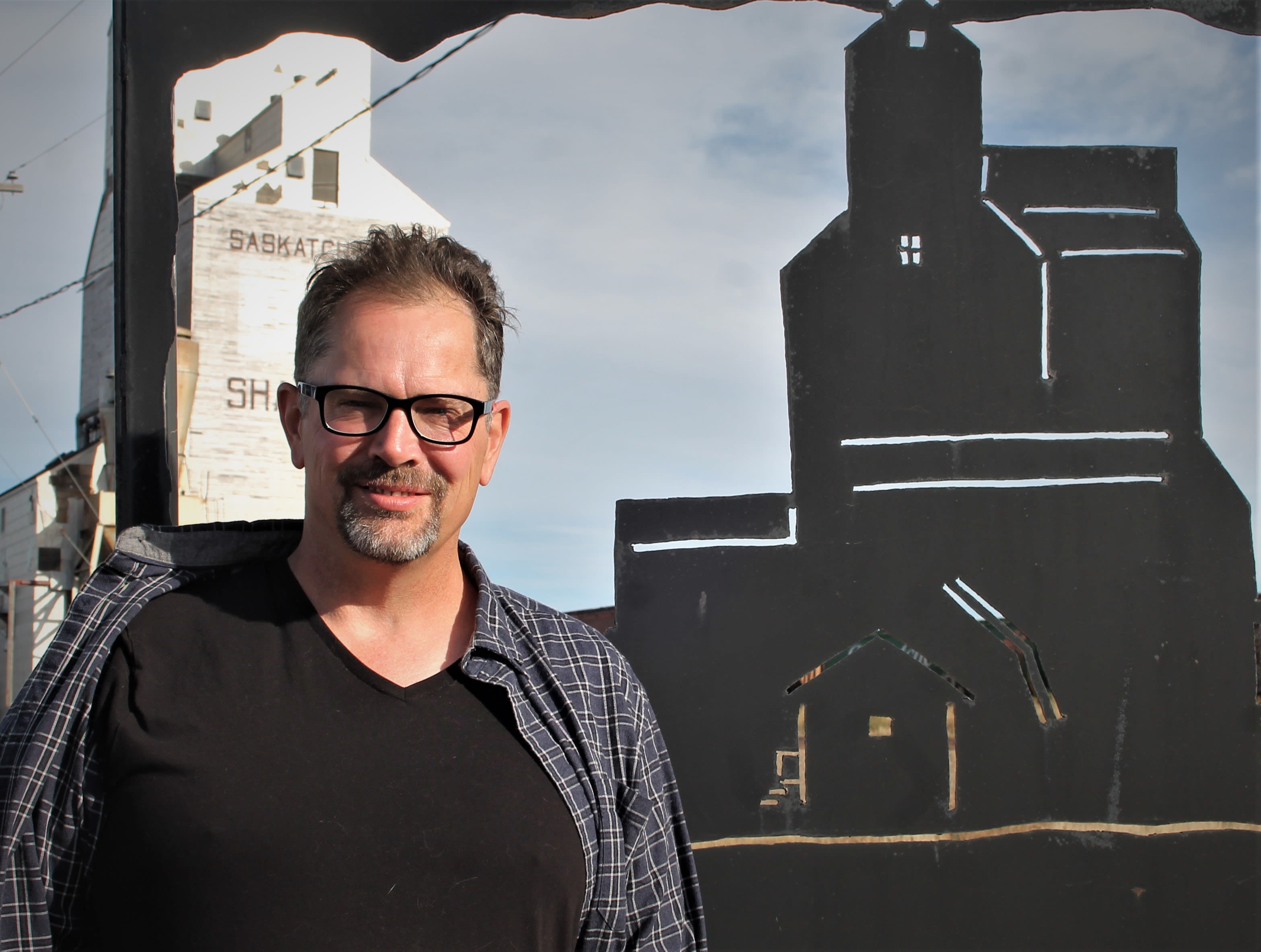
Born in Calgary and raised in the United States, Chris now calls rural Saskatchewan home.
He first got into photography while living in Banff, in the days when budding photographers "had to save up to buy film and then save up to get it developed and most of them were bad anyway."
Luckily for us, Chris persevered in his art.

In 2006, Chris moved to Shaunavon, a small town in rural Saskatchewan and really began to focus on his photography.
"It turns out southwestern Saskatchewan in particular is a jackpot for photography," Chris says.
"There is a lot of old, abandoned ghost towns and farmhouses, grain elevators. But then there are also places that a lot of people in Canada don't know about."
Chris particularly loves the raw Badlands (Valley of a 1000 Devils) in the Grasslands National Park area.
Watch this incredible video that Chris shot of the area:
"Saskatchewan actually does have a lot of hills," Chris says about the variety of the province's landscape. "It's just that they built Highway 1 through the flattest part of the province."

In 2006, Chris moved to Shaunavon, a small town in rural Saskatchewan and really began to focus on his photography.
"It turns out southwestern Saskatchewan in particular is a jackpot for photography," Chris says.
"There is a lot of old, abandoned ghost towns and farmhouses, grain elevators. But then there are also places that a lot of people in Canada don't know about."
Chris particularly loves the raw Badlands (Valley of a 1000 Devils) in the Grasslands National Park area.
Watch this incredible video that Chris shot of the area:
"Saskatchewan actually does have a lot of hills," Chris says about the variety of the province's landscape. "It's just that they built Highway 1 through the flattest part of the province."
Chris's photographs offer a glimpse into life in Saskatchewan in a different era when rural towns thrived as the railway connected them to each other and the rest of the country.
When photographing buildings, he likes to talk to the owners or neighbours and learn about the history of the space.
Chris gets to meet a lot of people in his line of work and he says especially in Southwestern Saskatchewan it isn't hard to find someone who knows the people who used to live in or own the many abandoned buildings he comes across.
"Usually you just ask, 'Who owns that place?' and they'll say 'Oh yeah, my grandma owns it.' And then you get to hear the stories."
In this way, Chris is as much a historian as he is a photographer. He hopes to include more stories behind the buildings in his future books
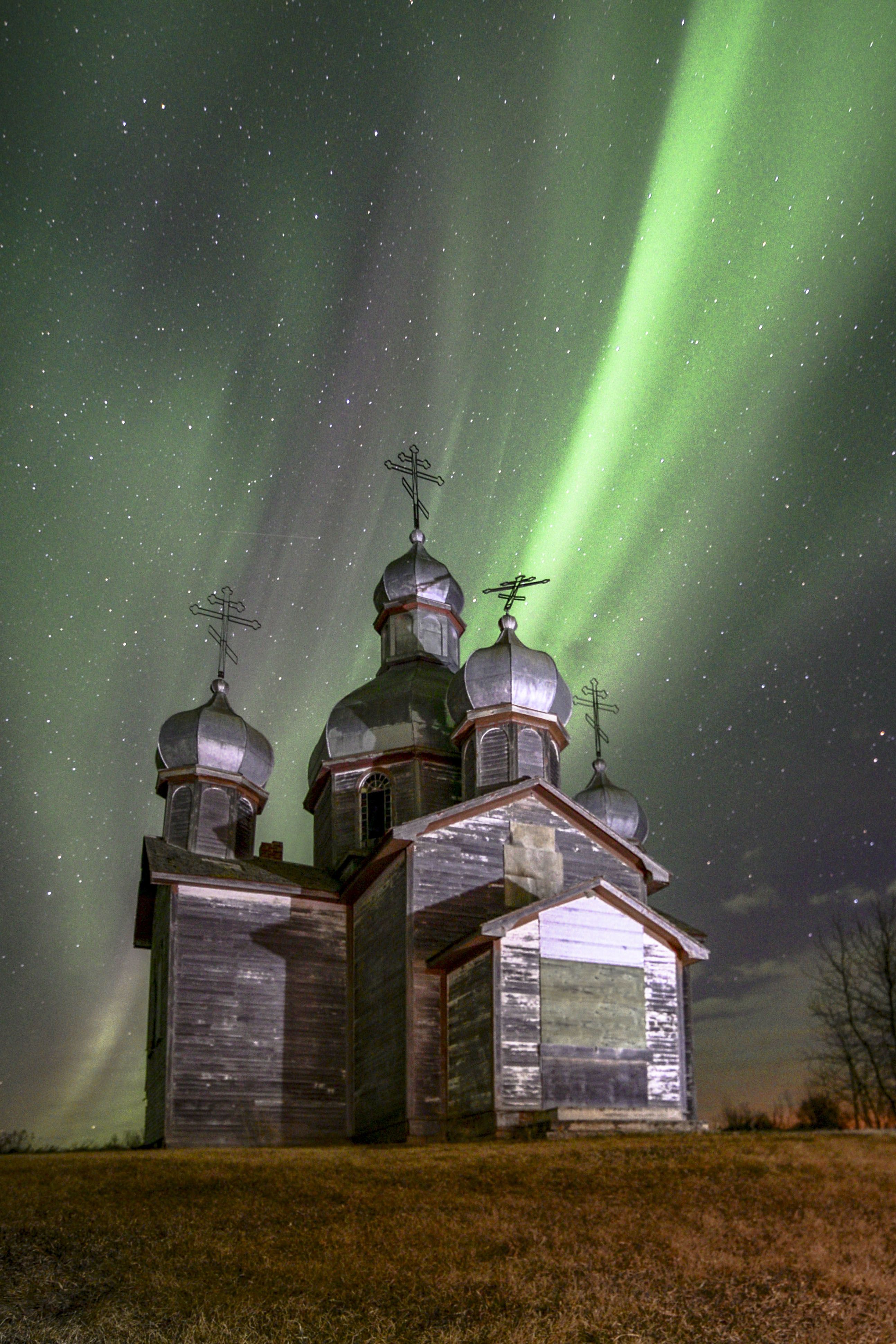
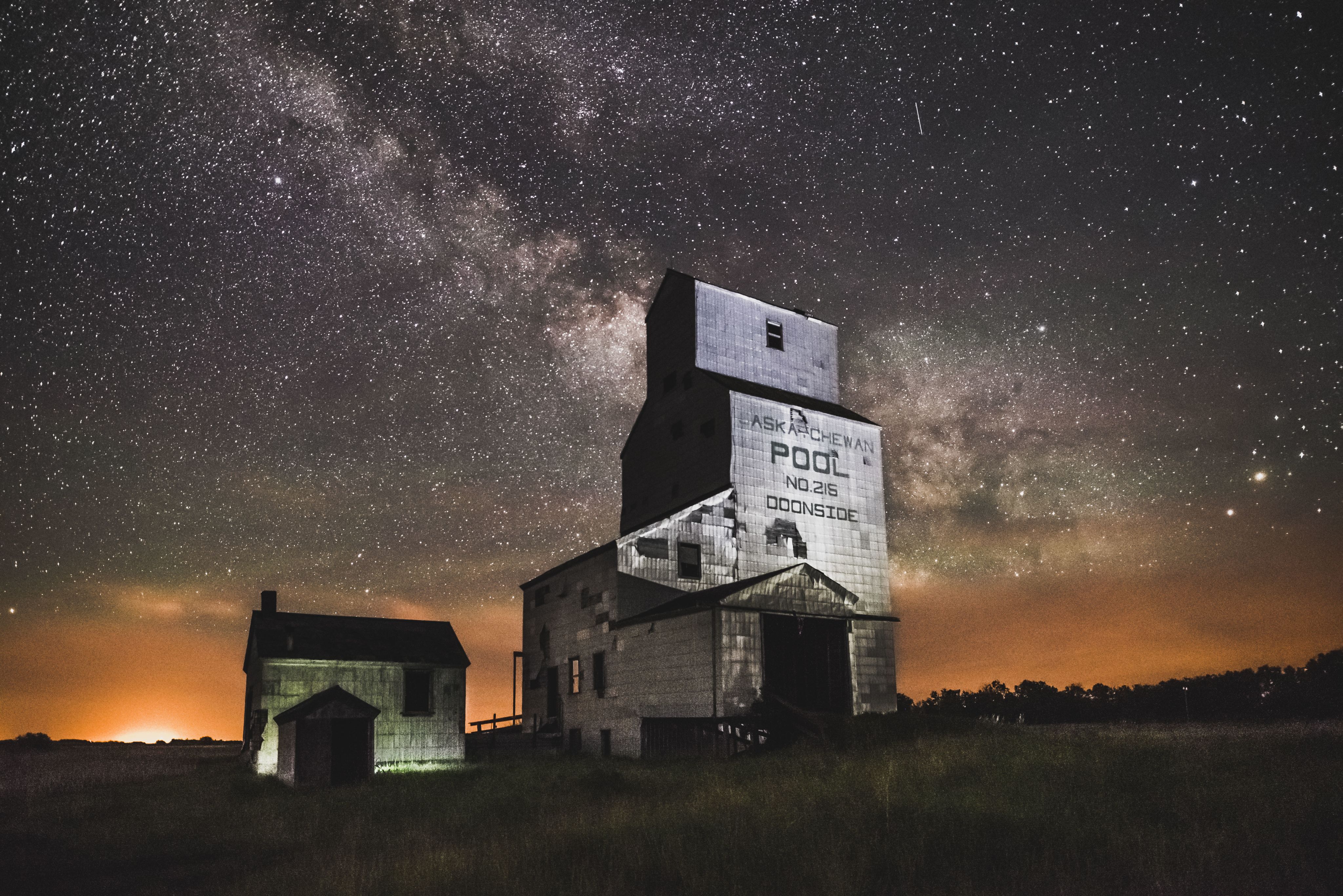
Chris's second book, which came out in April 2021, showcases one of the Canadian Prairie's most iconic structures: grain elevators.
Grain Elevators: Beacons on the Prairies is a tribute to the way of life these structures represented. At the peak of railway commerce, there were nearly 6,000 of these grain containers built throughout Manitoba, Saskatchewan and Alberta. And around them were thriving towns and villages.
Now only a few hundred remain and many are destroyed each year.
"You try to capture as many as you can before they are torn down or burn down," Chris says. Many that he has captured in the past are now gone. His favourite one just recently blew over.
Chris has a map of the remaining Saskatchewan grain elevators on his site that people can drive around and check out on their own when visiting the Prairies. He reminds visitors to be mindful of private property and trespassing laws.
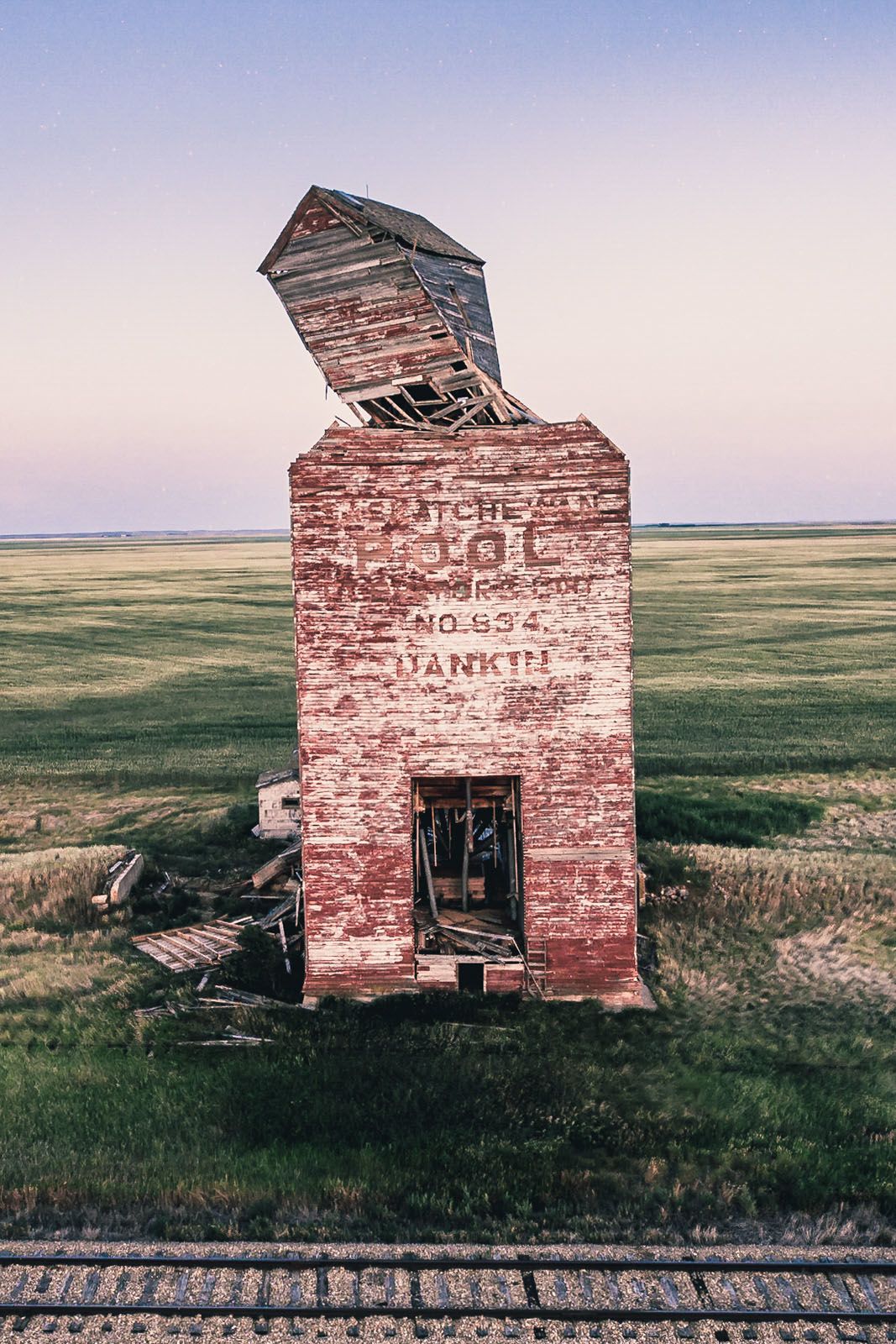
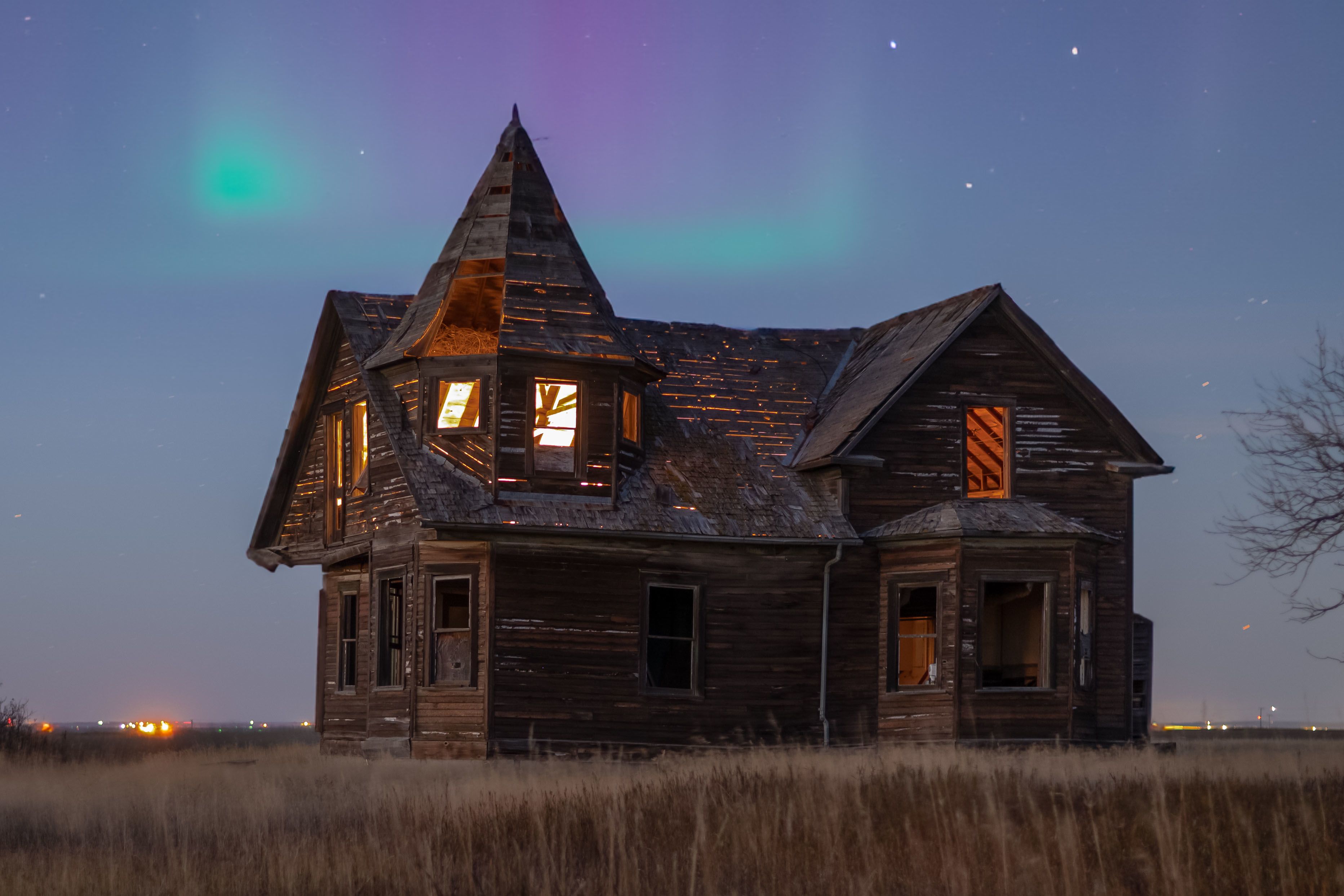
As a child, Chris moved 18 times in 18 years, never staying long enough in any place for it to feel like home.
That's a big part of the reason he loves living in Shaunavon.
"That sense of community here is really strong," he says, relaying a story about how his town came together to reunite him with his cat when it recently went missing.
"I never really got to experience community [as a child] and this place has a really strong sense of community. That's why I really enjoy living here."
That and you don't ever have to sit in traffic.
Embrace Canada with Landsby
Landsby creates unique and immersive experiences that not only provide travellers with purposeful and enriching trips but aim to positively impact the communities being explored.











